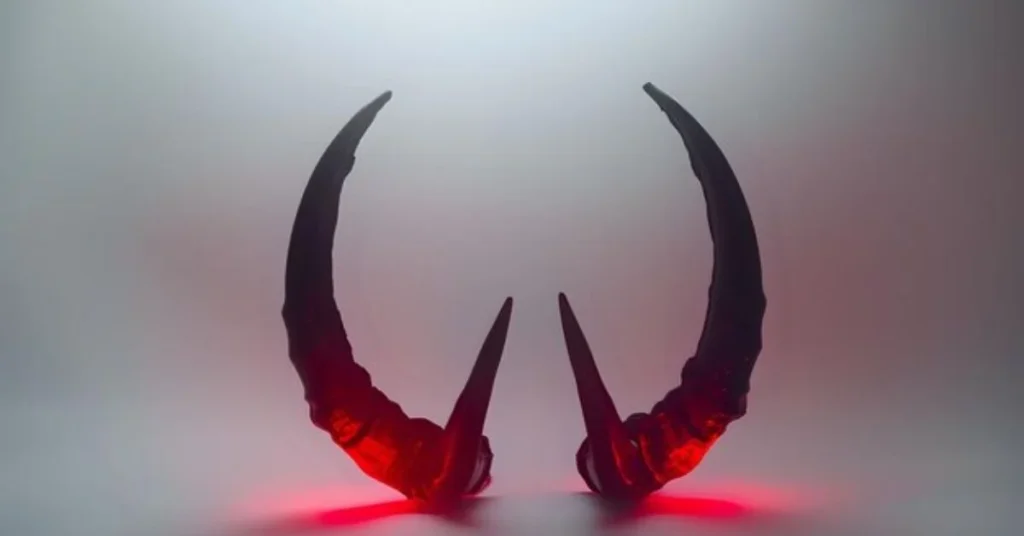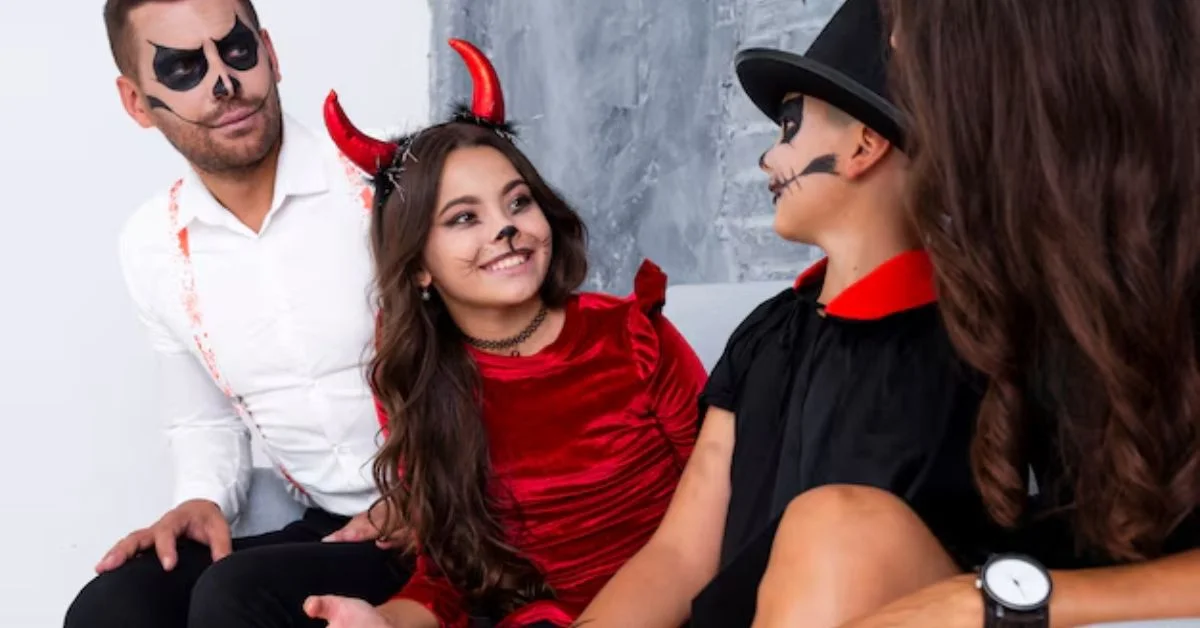The term “devil horns” often conjures up images of mythical creatures, heavy metal concerts, and playful gestures. This multifaceted symbol has penetrated various aspects of culture, art, and social interactions. While commonly associated with the idea of evil or mischief, the meaning and representation of devil horns are far more nuanced. This article will delve into the various interpretations of horns, their symbolism, usage in different contexts, and their cultural significance.
The Origin of Devil Horns
Devil horns are typically depicted as two prominent protrusions from the head, resembling the horns of a goat or a demon. Their origins can be traced back to various mythologies and religious texts that feature horned deities and demons. In many ancient cultures, horns were a symbol of strength, power, and fertility. For example, the ancient Greeks associated horns with the god Pan, a fertility deity often depicted with goat-like features, including horns.
In contrast, in more modern interpretations, horns have taken on a more sinister connotation, often linked to ideas of rebellion and anti-establishment sentiments. The horns have been adopted by various subcultures, particularly within heavy metal music, where they symbolize defiance and a rejection of societal norms.
The Symbolism Behind Devil Horns
Devil Horns Meaning
The meaning of devil horns varies widely across cultures and contexts. In general, they can represent both good and evil. The duality of their symbolism is one of the reasons horns remain a popular motif. In some contexts, devil horns signify mischief, chaos, and rebellion against the status quo. Conversely, in other scenarios, they can embody protection against evil spirits or negative energies.
The “devil horns hand” gesture, commonly seen in concerts, further exemplifies this duality. It is often used by fans to express camaraderie and enjoyment of music, particularly in genres like rock and metal. However, its association with the devil and rebellion also allows it to convey an element of defiance.
Devil Horns Hand Gesture
The devil horns hand gesture, made by extending the pinky and index fingers while folding the middle and ring fingers down, has become a universal symbol in the music scene. Coined by legendary metal musician Ronnie James Dio, the gesture has transcended its original context to represent a broad range of sentiments. From solidarity among fans to the celebration of music and culture, the horns hand gesture embodies the spirit of rebellion and connection.
Devil Horns in Art and Literature
They have made their mark in art and literature as well. In visual art, horned figures often represent dark themes, the subconscious, or primal instincts. Artists like Francisco Goya and Edvard Munch have explored these themes, using devil horns as a metaphor for inner turmoil and societal critique.
In literature, horned characters frequently appear in folklore, mythology, and modern fiction. They serve as archetypes of the trickster or the anti-hero, challenging societal norms and conventions. This representation underscores the complexity of horns, making them a potent symbol for exploring themes of morality, freedom, and rebellion.

The Cultural Significance of Devil Horns
in Heavy Metal Culture
The association of devil horns with heavy metal culture cannot be overstated. The genre has embraced the symbolism wholeheartedly, with horns serving as a rallying cry for fans and artists alike. Metal concerts often feature crowds with raised hands forming the iconic gesture, creating an atmosphere of unity and shared passion.
The use of devil horns in this context is not merely about embracing a dark aesthetic; it is also about challenging mainstream culture. Heavy metal has historically been a genre that celebrates individuality and defiance, making horns a fitting emblem of this ethos.
Devil Horns in Fashion
Beyond music, devil horns have found their way into fashion, particularly in the form of horns headbands. These playful accessories are often worn during Halloween or themed parties, allowing wearers to adopt a mischievous persona. The popularity of horns headbands reflects the enduring appeal of this symbol in contemporary culture.
Fashion designers and brands have also incorporated the horns motif into their collections, showcasing its versatility. From high-fashion runway looks to casual streetwear, the integration of horns illustrates how symbols can evolve and adapt to various cultural contexts.
Devil Horns in Popular Media
Devil horns frequently appear in popular media, including films, television shows, and video games. Characters depicted with horns often embody traits associated with rebellion, mischief, or otherworldliness. For instance, in animated series and fantasy films, horned characters may serve as both protagonists and antagonists, reflecting the duality of the horns symbolism.
The portrayal of horns in popular media shapes public perception, influencing how individuals interpret and relate to this symbol. As such, it plays a significant role in the broader cultural narrative surrounding rebellion and individualism.
Conclusion
Devil horns are a complex symbol that has traversed various cultures, art forms, and social contexts. From their origins in ancient mythology to their modern-day associations with music, fashion, and popular media, horns encapsulate a duality that resonates with many. Whether representing rebellion, mischief, or the celebration of individuality, devil horns continue to be a powerful motif that challenges societal norms and invites exploration of deeper themes.
In a world that often seeks to categorize symbols strictly as good or evil, devil horns remind us of the rich tapestry of meanings that exist in between. As they evolve with culture and society, their significance remains as potent as ever, illustrating the enduring allure of this enigmatic symbol.
FAQs
1. What does the devil horns hand gesture mean?
The horns hand gesture, created by extending the pinky and index fingers while folding down the middle and ring fingers, typically represents camaraderie and enjoyment in music, particularly in heavy metal culture. It also symbolizes rebellion against societal norms.
2. Where did the horns gesture originate?
The horns gesture is widely attributed to heavy metal musician Ronnie James Dio, who popularized its use in concerts during the 1980s. It has since become a universal symbol in the music scene.
3. Are horns only associated with evil?
While horns are often associated with evil or mischief, their meaning is more nuanced. They can symbolize protection against evil spirits, rebellion, and even strength, depending on the cultural context.
4. What are devil horns headbands used for?
Devil horns headbands are playful accessories often worn during Halloween, themed parties, or concerts. They allow wearers to adopt a mischievous persona and reflect the cultural significance of horns in a fun and festive manner.
5. How have devil horns been depicted in art?
In art, horns often symbolize dark themes, inner turmoil, and societal critique. Artists like Francisco Goya and Edvard Munch have used horned figures to explore complex emotions and challenges to social norms.
6. Do devil horns appear in popular media?
Yes, horns frequently appear in films, television shows, and video games, where horned characters often embody traits of rebellion, mischief, or otherworldliness. Their portrayal influences public perception and interpretation of the symbol.









